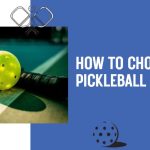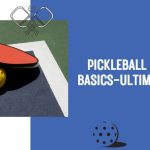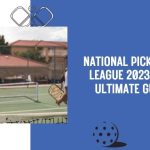You might have heard about the importance of the third shot if you are new to pickleball or want to improve your game. Exactly what is the pickleball 3rd shot, and why is it so important for your success on the court?
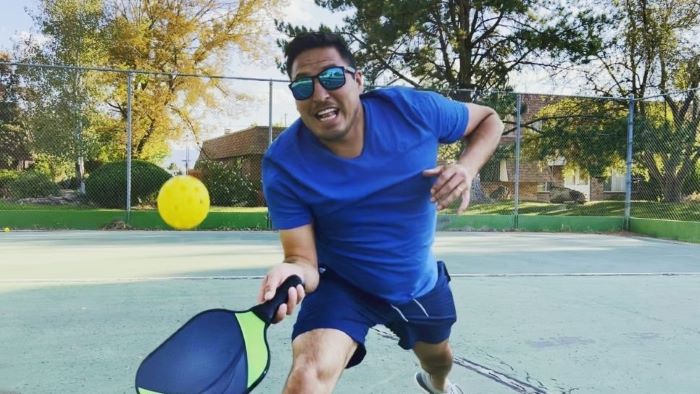
Here, we’ll talk about what a third shot is, how to practice and improve it, and different types of third shots.
It’s time to learn the 3rd shot, so grab your paddle and get ready!
What Is the 3rd Shot?
A third shot is the first shot taken by the serving team after the serve is returned. This is the third shot since it follows a serve (1st shot) and a return of the serve (2nd shot). As the third shot determines who will have the advantage in the rally, it is one of the most important shots in pickleball.
This third shot is meant to neutralize the advantage of the receiving team by gaining control of the net. Receiving teams have an advantage because after returning serves, they can move up to the net while serving teams must stay behind the baseline until a ball hits the non-volley zone (also known as the kitchen).
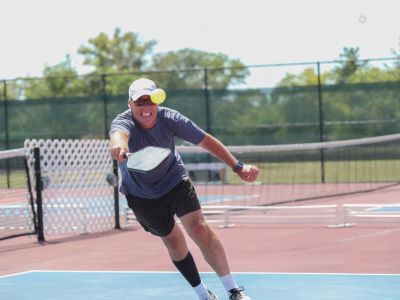
On both sides of the net, there is a 7-foot non-volley zone where players cannot hit the ball in the air. In the event that the serving team hits an excellent third shot, the receiving team will be forced to back up from the net. As a result, they will be able to access the net themselves.
What Are the Different Types of 3rd Shots and When to Use Them?
There are three main types of 3rd shots: drop, drive, and lob. Every kind of 3rd shot has advantages and disadvantages, requiring different skills and strategies. Here is a brief overview of each type of 3rd shot and when to use them:
Drop Shot
A drop shot is a soft shot that lands in the non-volley zone close to the net. The drop shot is considered the most effective 3rd shot because it makes it difficult for the receiving team to attack or volley.
The drop shot also allows the serving team to move up to the net and establish a better position for the next shots. However, the drop shot is also challenging to execute because it requires precise touch, timing, and placement. The receiving team can quickly punish a lousy drop shot with a smash or a put-away.
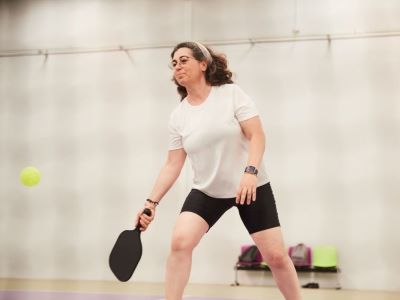
You need a relaxed grip, a low-to-high swing path, and a smooth follow-through to hit a good drop shot. You must also aim for a high point over the net and a low bounce in the non-volley zone.
Drive Shot
A drive shot is a hard shot that goes low over the net and deep into the opponent’s court. The drive shot surprises or pressures the receiving team with speed and power. The drive shot can also be used to set up a drop shot or a lob by changing the pace and direction of the ball.
However, the drive shot also has some drawbacks. It can be risky because it has less margin for error over the net and can go out quickly. It can also be counter-attacked by the receiving team if they have good reflexes and anticipation.
You must have a firm grip, a flat swing path, and a compact follow-through to hit a good drive shot. You must also aim for a low point over the net and a high bounce in the opponent’s court.
Lob Shot
A lob shot is a high shot that goes over the opponent’s head and lands near the baseline. The lob shot catches the receiving team off guard or creates some space and time for the serving team.
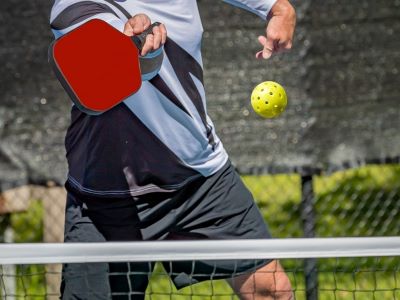
The lob shot can also be used as a defensive shot when the serving team is in trouble or out of position. However, the lob shot also has some limitations. It can be easily intercepted by the receiving team if they are alert and have good footwork. It can also be affected by the wind or the sun and can go out or fall short.
You must have a soft grip, a high-to-low swing path, and a high follow-through to hit a good lob shot. You must also aim for a high point over the net and a low bounce near the baseline.
3 Ways to Improve 3rd Shot Skills
The best way to practice and improve your 3rd shot skills is with a partner or a ball machine. You can also use some drills and exercises to work on your technique, consistency, and placement of the 3rd shot. Here are some examples of drills and exercises that you can try:
1. 3rd Shot Drop Drill
This drill is designed to help you improve your touch and accuracy of the drop shot. You will need a partner or a ball machine to feed your balls from the opposite baseline. You will start from the baseline and try to hit drop shots that land in the non-volley zone.
Your partner or the ball machine will try to return your drop shots with volleys or dinks. You will try to keep the rally going until you can move up to the net and finish the point. You can vary the speed, spin, and direction of the balls you receive to make the drill more challenging.
2. 3rd Shot Drive Drill
This drill is designed to help you improve your power and control of the drive shot. You will need a partner or a ball machine to feed your balls from the opposite baseline. You will start from the baseline and try to hit drive shots that go low over the net and deep into the opponent’s court.
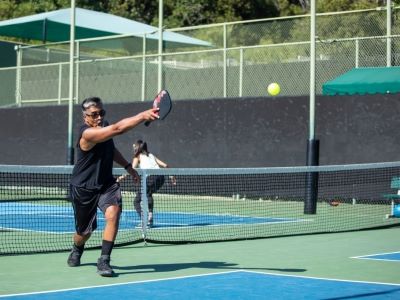
Your partner or the ball machine will try to return your drive shots with volleys or dinks. You will try to keep the rally going until you can move up to the net and finish the point. You can vary the height, angle, and direction of the balls you receive to make the drill more complex.
3. 3rd Shot Lob Drill
This drill is designed to help you improve your timing and placement of the lob shot. You will need a partner or a ball machine to feed your balls from the opposite baseline. You will start from the baseline and try to hit lob shots that go over the opponent’s head and land near the baseline.
Your partner or the ball machine will try to return your lob shots with smashes or overheads. You will try to keep the rally going until you can move up to the net and finish the point. You can vary the speed, spin, and direction of the balls you receive to make the drill more realistic.
FAQs
The third shot in pickleball is usually defensive. An excellent third shot would be a challenging, low-bouncing dink (or short drop) close to the net that lands behind the baseline and forces your opponents to hit up into your half of the court. Aim for spots away from where your opponents can reach, and don’t make it too predictable or easy for them to return it!
On your pickleball third shot drop, you should aim for the middle of the court near the kitchen line to keep your opponents guessing and give yourself more time to set up for a good return.
You should not hit a third shot drop if you are close to the net and have difficulty returning your opponent’s reply; the risk of hitting a net shot or an out-of-bounds shot is too significant. Additionally, if you are running out of time, you should not attempt the third shot drop as it will likely take longer to complete than simply returning your opponent’s reply. Lastly, taking a third shot is probably unnecessary if you have already hit two successful shots. It may be better to conserve your energy for a rally or point.
To keep the ball low in pickleball, use a shallow angle when you contact the ball and ensure your paddle is below waist level. You should also focus on striking near the edge of your paddle and providing that you are using a light grip. Aim to create a low arc on your volley or serve and use slow motion to reduce power.
Well, Let’s Wrap Up!
The 3rd shot is one of the essential shots in pickleball because it determines who will have the advantage in the rally. By mastering the different types of 3rd shots, you can gain control of the net and neutralize the receiving team’s advantage.
To improve your 3rd shot skills, practice with a partner or a ball machine and use some drills and exercises to work on your technique, consistency, and placement of the 3rd shot. You can also learn from the pros and experts by watching videos and online resources.
Following these tips and advice, you can take your pickleball game to the next level with a solid 3rd shot strategy.
See you on the courts!

I am a professional physiotherapist and the author of the BallSportsPro. I worked with athletes of all levels, from amateur to professional, and i helped them overcome injuries and improve their performance. I am a certified Pickleball instructor and has been playing the sport for over 10 years.

